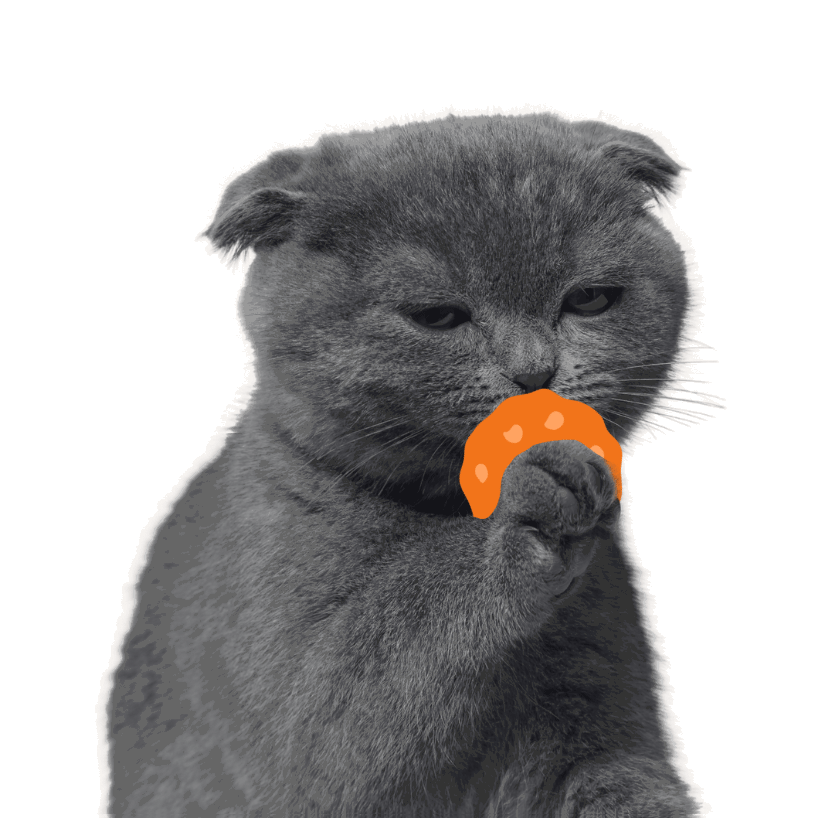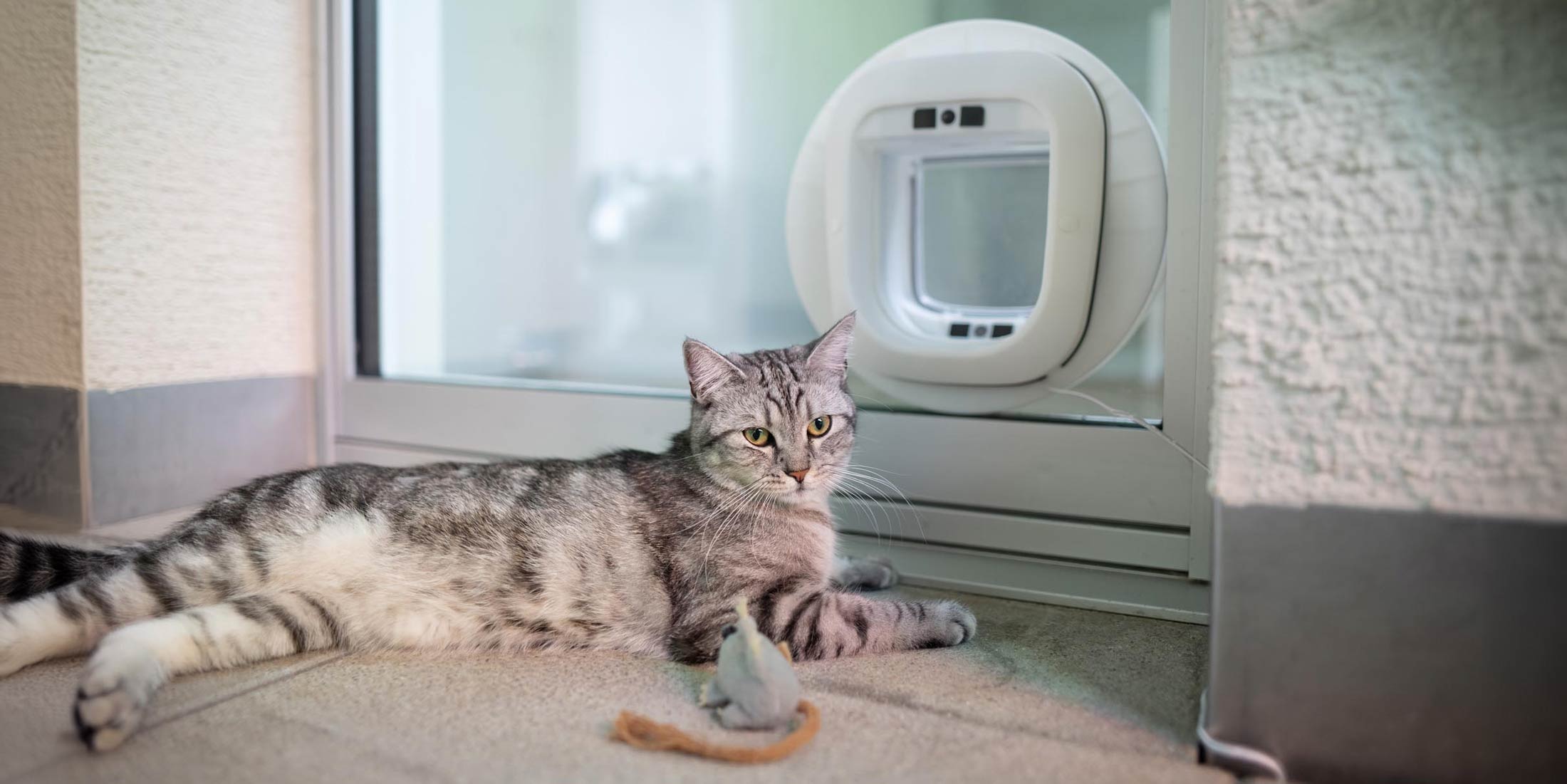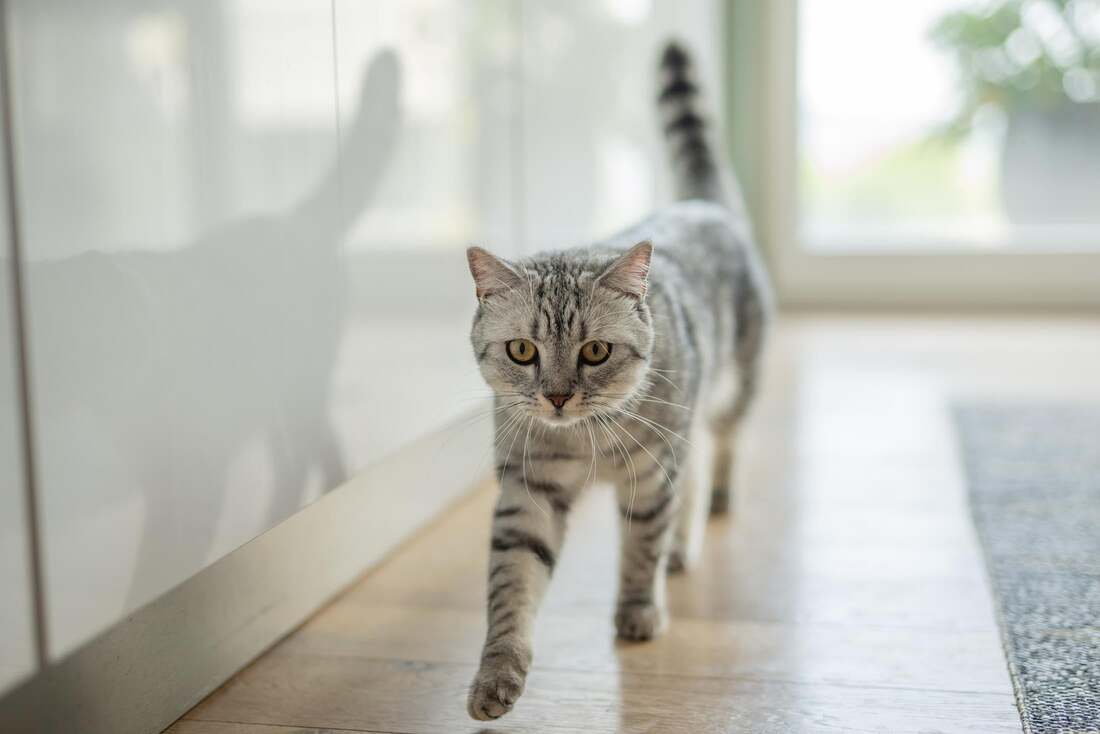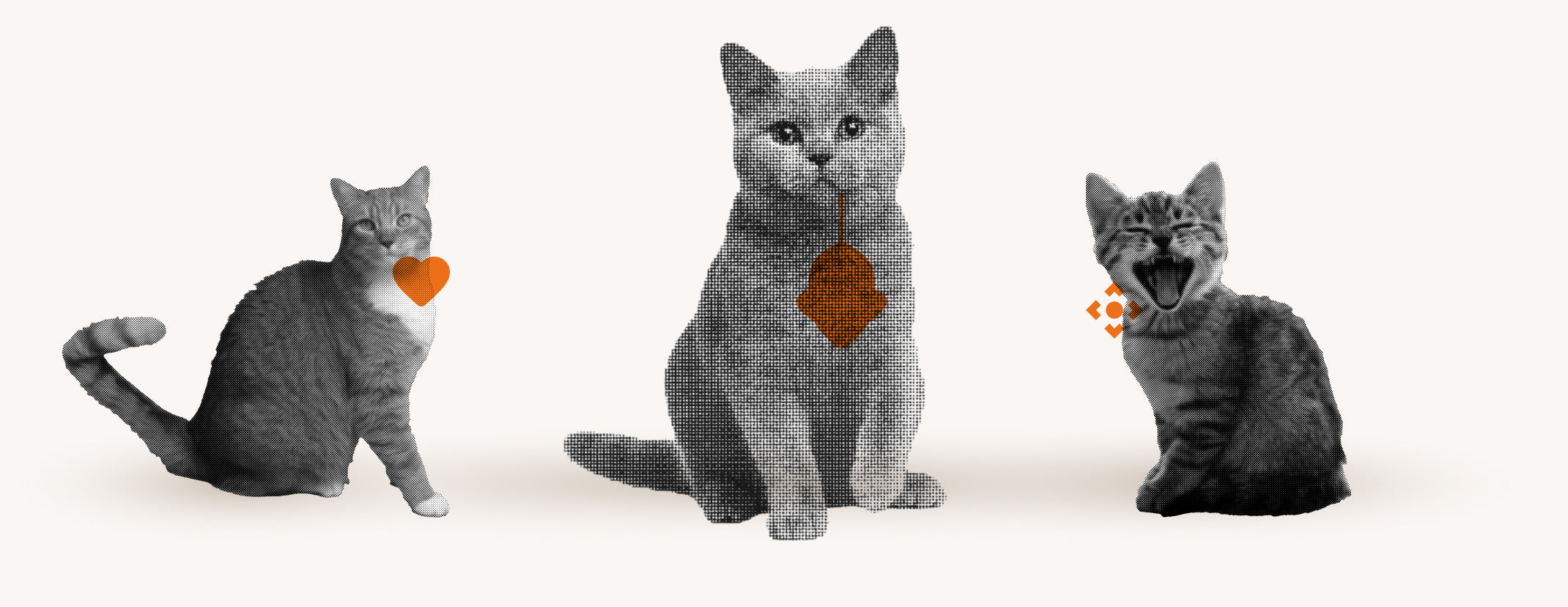Have you ever wondered why tortoiseshell cats are so unique?
Many cat lovers are fascinated by the beautiful, turtle-like pattern of these animals, but often do not know much about their origins or care.
The tortoiseshell pattern is a rare coat coloration that typically consists of black and red hairs and mostly occurs in female cats.
In this blog you will learn everything about the tortoiseshell cat, from its history and character traits to tips for proper care and maintenance.
The History of the Tortoiseshell Cat Breed
The tortoiseshell cat, often known as a tortie, is not a separate breed of cat, but describes a particular coat color. These cats have a tri-colored coat that played an important role in the cultures of many countries. In Japan, for example, tortoiseshell cats were seen as lucky charms and were even taken to sea to ensure sailors' safety and prosperity. The famous Maneki Neko, or beckoning cats, which are now considered a symbol of good luck around the world, were originally inspired by the tortoiseshell cat.
Tortoiseshell cats also have a mystical meaning in Europe. In England, they were long considered symbols of good luck and it was strictly forbidden to harm them. It was believed that these cats could protect the house from fire and cure diseases. These deep-rooted beliefs show how deeply the tortoiseshell cat is embedded in human history and how its unique appearance has fascinated and influenced people for generations.
Character and Temperament of the Tortoiseshell Cat

Tortoiseshell cats are known for their unique character traits that clearly distinguish them from other cats. They are often considered to be particularly temperamental, self-confident and stubborn . These personality traits make every encounter with a tortoiseshell cat an unforgettable experience. Their lively nature can sometimes be perceived as moody, but it is precisely this unpredictability that many cat lovers particularly appreciate.
Interacting with a tortoiseshell cat often requires patience and understanding, as their moods can change quickly. Here are some typical behaviors:
- They can be very affectionate and loving when they are in the mood.
- At other times they show an independent and adventurous side.
This diversity in behavior makes the tortoiseshell cat a fascinating pet that never gets boring. Its distinctive personality requires a special kind of attention, which it rewards with lots of love and exciting moments.
Proper care of a tortoiseshell cat

The correct care of a tortoiseshell cat varies depending on whether it is kept as an indoor cat or as an outdoor cat. For indoor cats, it is important that there are enough stimulation options such as scratching posts, toys and climbing opportunities to satisfy their natural instincts and keep them physically and mentally active. These cats also appreciate safe, sunny spots by the window where they can observe the outside world.
Outdoor cats, on the other hand, need safe access to the outdoors, ideally in a cat-safe garden or yard. It is important that the environment is safe and there are no hazards such as busy roads nearby. Outdoor cats enjoy the freedom to explore their surroundings and live out their hunting instincts, which can lead to happier and more balanced behavior. Regular checks and preventative measures such as vaccinations and parasite protection are especially important to ensure the cat's health.
Care Tips for Tortoiseshell Cats
The care of a tortoiseshell cat's coat depends largely on the length and texture of the coat. Short-haired tortoiseshell cats usually require minimal grooming. However, long-haired variants with a dense undercoat require more regular grooming to prevent matting. During the shedding season, which usually occurs in spring and autumn, brushing the coat several times a week is recommended to remove dead hair and prevent hairballs from forming in the cat's stomach.
In addition to coat care, nutrition is also an important aspect in the care of tortoiseshell cats. A high-quality food that is rich in meat and free from grains and artificial additives not only supports the health of the coat, but also the general vitality of the cat. Make sure that the food is appropriate for your cat's age and specific needs to ensure optimal nutrition.
Buying a tortoiseshell cat: What to consider
If you are thinking about buying a tortoiseshell cat, it is important that you first contact a reputable breeder . Since tortoiseshell cats cannot be bred specifically due to their special coat pattern, you should make sure that the breeder has a proven track record of offering healthy and well-socialized cats. Make sure that the breeder:
- Speaks openly about the origins of the cats.
- Allows you to see the mother cat and, if possible, the father cat.
- Can provide all necessary health certificates and vaccination records.
In addition to choosing a reputable breeder, it is equally important to make your home cat-friendly before your new four-legged friend moves in. This includes:
- Providing enough places to retreat and scratch.
- Ensuring that all windows and balconies are safe to avoid accidents.
- Checking whether houseplants are cat-safe and do not contain any toxic substances.
By making these preparations, you will create a safe and comfortable environment that will give your new tortoiseshell cat the best start in its new life.
Fascinating Facts About the Tortoiseshell Cat
Did you know that the tortoiseshell cat is often considered a lucky charm? In various cultures around the globe, these cats are attributed mystical properties. For example, the ancient Celts believed that the presence of a male tortoiseshell cat in the house would bring good luck. These are extremely rare, as almost all tortoiseshell cats are female - only about 1 in 3,000 tortoiseshell cats is male. This rarity has given them an almost legendary status throughout history.
In addition to their role as lucky charms, tortoiseshell cats are also known for their "tortitude" - a play on words that describes their personality, which is often described as tough. Many owners report that their tortoiseshell cats show a remarkable mixture of fearlessness and independence . But it is not just their character that makes them so special:
- Their coat color varies greatly, and no two cats look exactly alike.
- The pattern can range from a clear, almost mosaic-like arrangement to a swirling, mixed pattern.
These unique features make each tortoiseshell cat truly one of a kind.
Color Variations of the Tortoiseshell Cat
The color variations in tortoiseshell cats are fascinating and diverse. Basically, the tortoiseshell pattern consists of a combination of black and red fur areas. However, these colors can be transformed into weaker forms such as blue and cream by the so-called dilute gene. The tortoiseshell colored patterns are often distributed irregularly, which makes each cat a unique work of art.
In addition to the classic colors black and red, tortoiseshell cats can also have other colors. Here are some examples:
- Brown-tortoiseshell, a mixture of chocolate brown and red
- Blue-cream tortoiseshell, a dilution of the basic colors by the dilute gene
- Tri-colored cats that have white patches in addition to the tortoiseshell spots, known as calico or lucky cats
These variations make every tortoiseshell cat a fascinating and beautiful animal.
How Flappie can make your life with a tortoiseshell cat easier
Tortoiseshell cats are known for their adventurous nature and often bring unwanted "gifts" home. This is where Flappie offers an ideal solution: Flappie 's smart cat flap is equipped with a camera and AI technology that makes it possible to detect prey before the cat comes into the house. This prevents your cat from bringing prey such as birds or mice and keeps your home clean and safe.
Frequently Asked Questions
What breed is a tortoiseshell cat?
The tortoiseshell cat is not an independent cat breed, but describes a special coat coloration that can occur in various cat breeds. This coat coloration is typically three-colored and mostly occurs in female cats.
Are tortoiseshell cats rare?
Tortoiseshell cats are not rare per se, as tortoiseshell coloration can occur in a variety of cat breeds. However, male tortoiseshell cats are extremely rare, as almost all tortoiseshell cats are female - only about 1 in 3,000 tortoiseshell cats is male.
What is the difference between a tortoiseshell cat and a lucky cat?
The main difference between a tortoiseshell cat and a calico cat is the color distribution and the presence of white patches. While tortoiseshell cats have a mixture of black and red patches with no white patches, calico cats have white patches in addition to the tortoiseshell patches.
What does a tortoiseshell cat look like?
A tortoiseshell cat is characterized by its unique coat coloration, which is typically a combination of black and red patches. The pattern can range from a clear, almost mosaic-like arrangement to a swirling, mixed pattern. No two tortoiseshell cats look exactly alike, making each cat unique.





Share:
Discover the diversity of Polish cat breeds
Everything about BKH longhair cats: origin, care and more